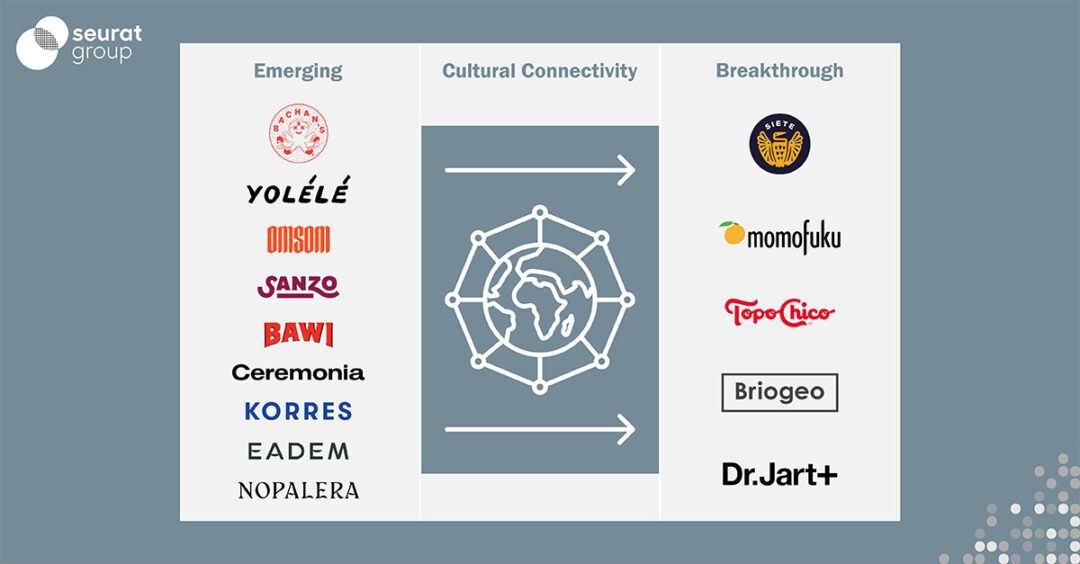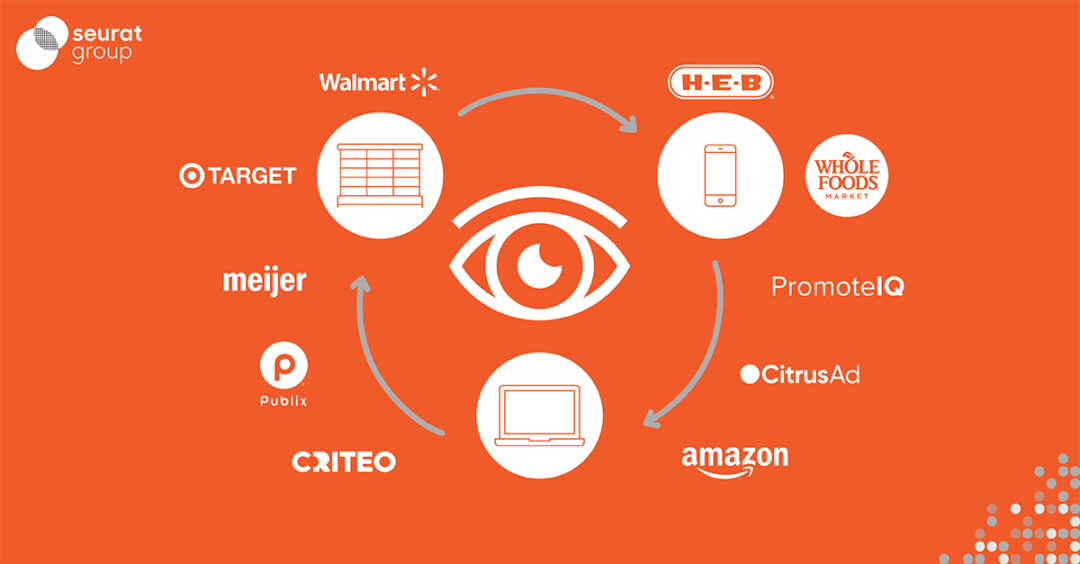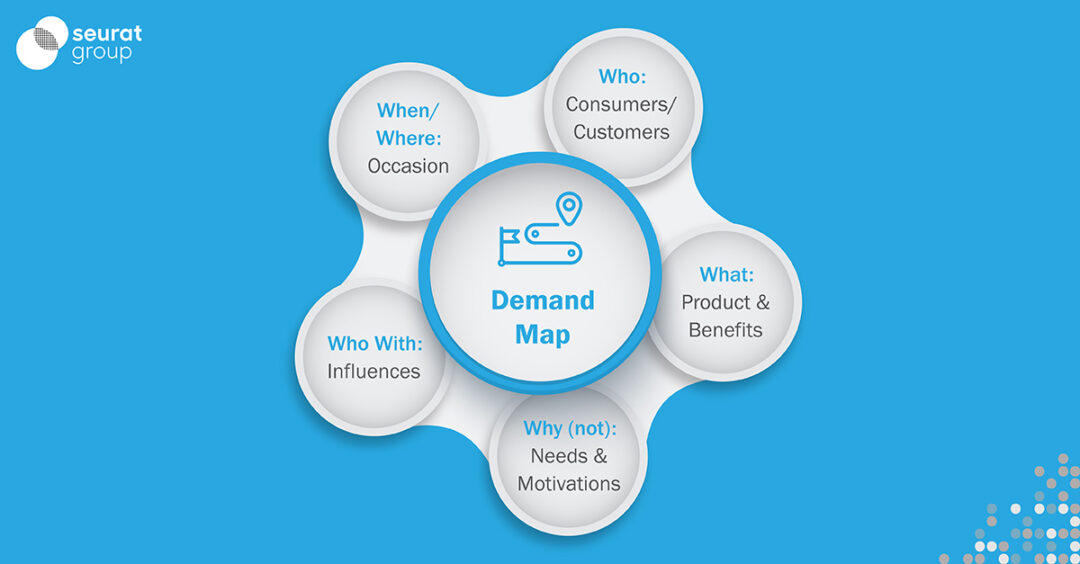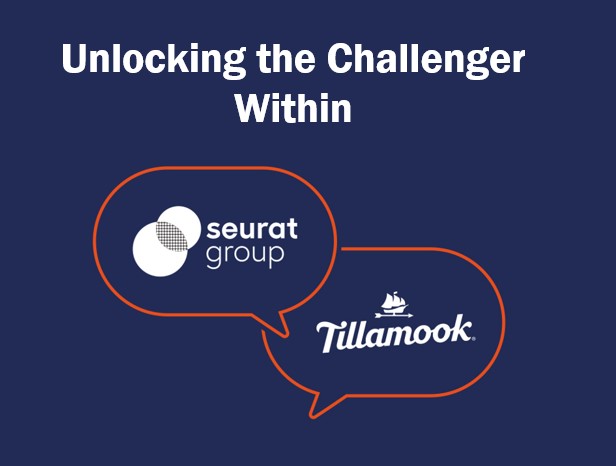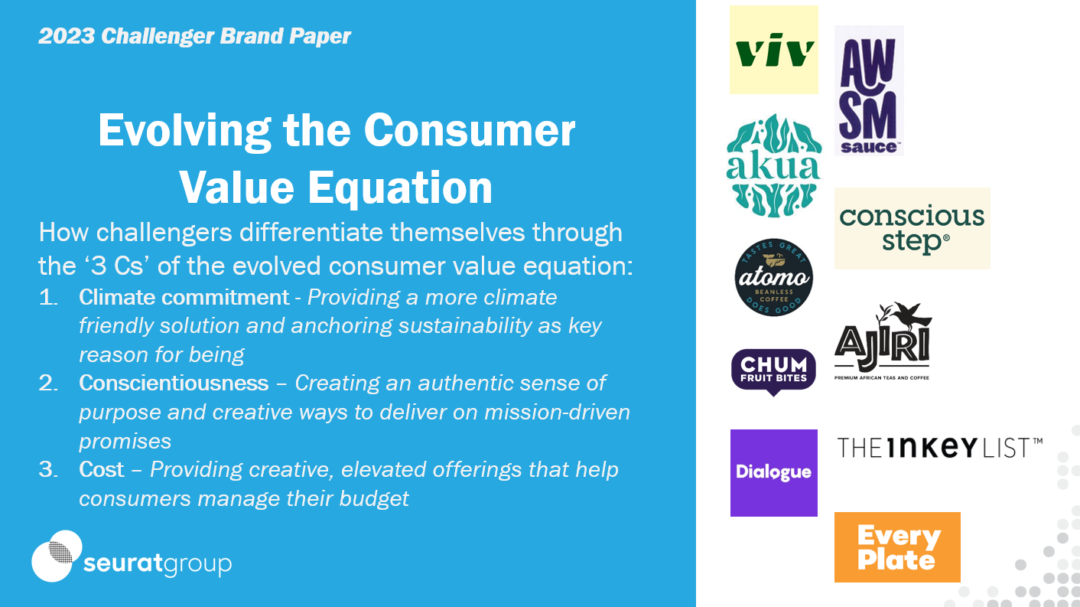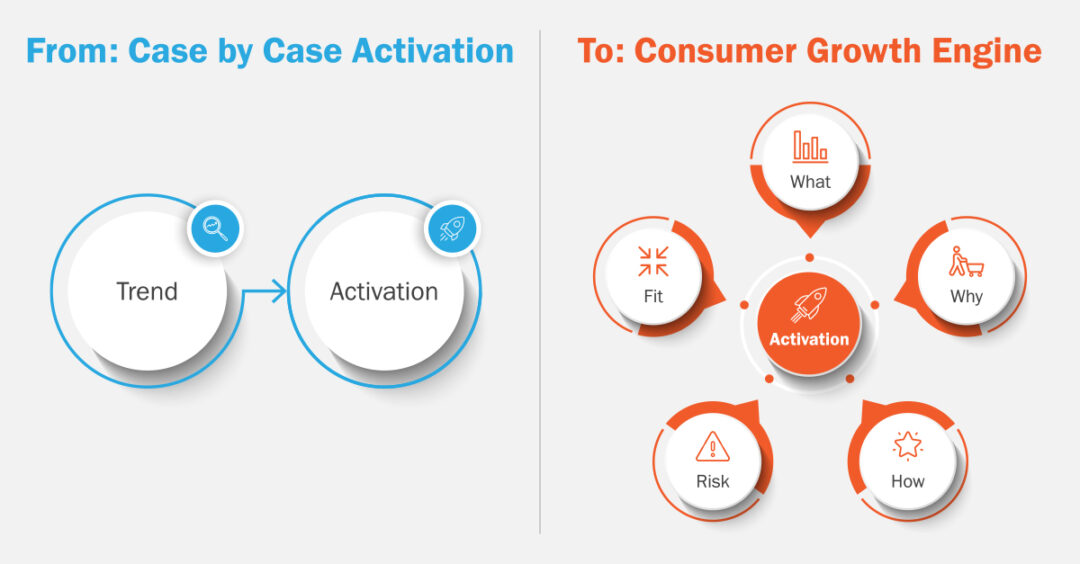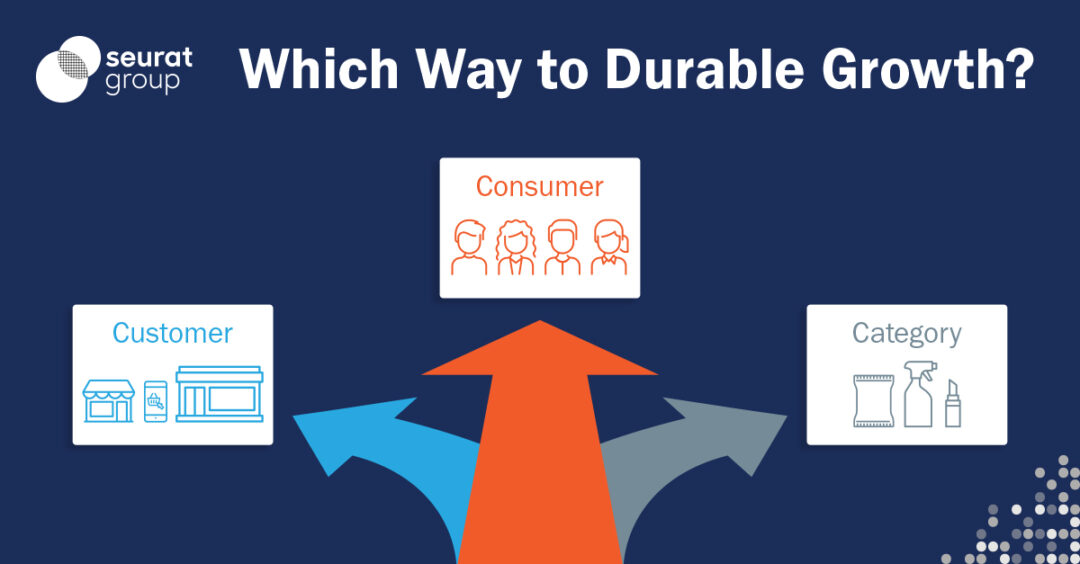Winning the Omni-Shelf
A significant transition has occurred in omnichannel retail
The “omni-shelf” is now upon us and serves as the lens through which customer planning and commerce marketing occur. While the in-store shelf and digital shelf are quite different, these mediums have become increasingly connected. Winning share of visibility in-store and online with retail partners will separate brands that gain share from those that lose. Manufacturers must master the capabilities that drive visibility in each ‘omni-shelf’ medium and integrate planning across retailers to maximize the return on their investment.
The omni-shelf has broadened the playing field and requires brands to be available and stand out. Though in-store and online dynamics vary, the goal is the same: maximize visibility in an increasingly crowded ecosystem.
Brands need to have a clear understanding of what it takes to stand out amongst these differing environments
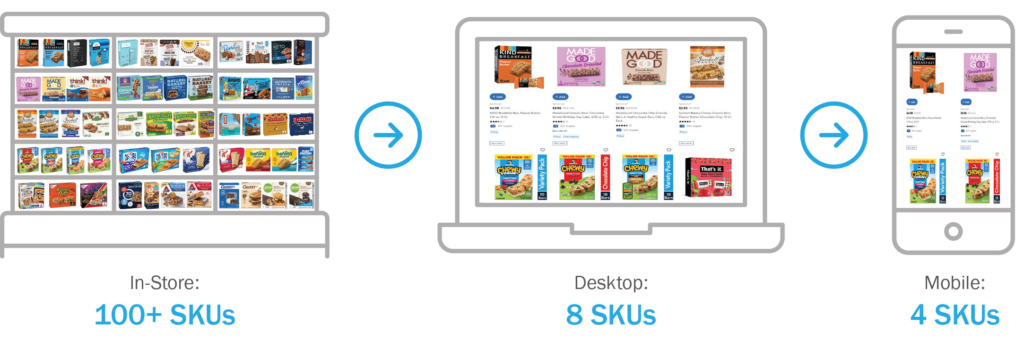
The Omni-Shelf Ecosystem
To evolve and integrate customer planning often requires viewing these omni-shelf mediums as one integrated commerce ecosystem and orchestrating each lever together.
As brands navigate this ecosystem, they must evaluate how they are partnering with retailers to best communicate with the shopper, maximize visibility and drive sales velocity.
Shopper:
Shift to online shopping for convenience will only continue, but in-store shopping still represents the lion’s share of spending. Physical shelf assortment and inventory enables online shopping, home delivery and curb-side pickup.
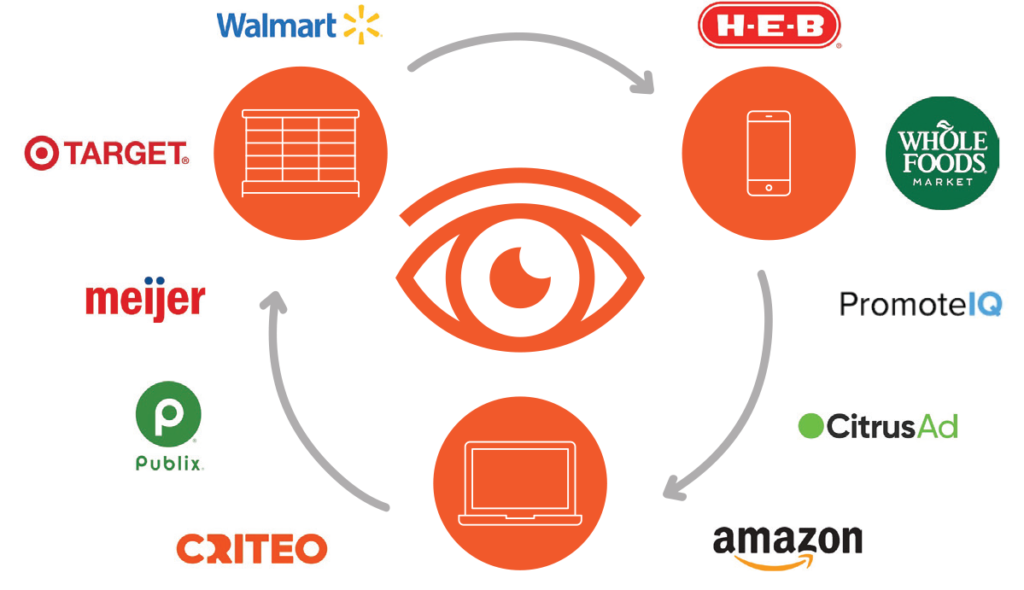
Retailer:
Embraced their digital shelf and .com model to meet their shoppers where and how they want to engage. In parallel, they have created their own retail media networks are highly correlated with advertising investment geared towards lower funnel marketing tactics.
Visibility:
Share of in-store shelf and digital visibility are highly correlated with a brand’s share of sales and growth at that retailer.
Retail Velocity:
The goal of winning the omni-shelf is to drive your brand’s retail velocity. Brands with the strongest retail velocity merit more space, which leads to more brand holding power, item range and presence, creating a flywheel effect.
Omnichannel Planning Best Practices
Each omni-shelf medium is unique and requires brands to master best practices to maximize share of visibility.

In-Store Shelf:
Influencing retail execution and at-shelf visibility is tied to winning the category manager’s share of mind and engagement through the retailer planning cycle. Influence occurs by aligning with the category manager’s goals and using persuasive insight as the ‘currency’ to create a category vision and position the brand in its most compelling frame of reference, fueling category growth and market share gains. This type of category vision and plan arms the category manager to drive the change at shelf within their organizations.
Digital Shelf:
Visibility on retailer websites can be generated organically via retailer algorithms or paid for through sponsored retail media investments. The digital shelf is smaller and more competitive, so understanding and optimizing your share of organic and paid is key to winning in this space. Gaining organic share is a dynamic process that rewards an optimized digital shelf presence and positive consumer experiences. Bolstering organic visibility with paid search or display activations requires continuous intelligence on competitor and category activity along with test and learn measurement.
‘Phygital’ Planning Integration
Countless research has proven the interconnected “phygital” in which touchpoints in-store drive digital sales and vice versa. The impact of each strategy is more effective when integrated. Key to success is aligning strategies and budgets that often exist in different functions into a coordinated planning approach with each retailer. Winning brands have evolved organizational structure, integrating Sales and Marketing functions and aligning retail media budgets across trade, shopper, and national media teams. These changes remove silos and create efficiency through unified customer plans. This establishes planning leverage with retail customers, as investments in retail media can impact in-store execution and facilitate the strategic planning to obtain the customer’s first-party data.
Digital Shelf & Retail Media Master
While traditional brand marketing builds awareness, resonance and consideration (upper funnel), retail media is an effective medium to drive conversion (lower funnel) and sales growth. Brands and agencies can optimize their digital shelf presence, retail media investment and online performance across three interconnected areas:
1. Digital Shelf:
Establish targets for core Product Detail Page metrics on each retailer: availability/assortment, promos, content (images, description, titles), ratings, and reviews. Work to achieve 100% scores against these targets. For new clients to the space, targets can be established by considering scores of their competitive set and using that as a baseline or benchmark.
2. Product Visibility:
Optimize organic and paid visibility of product assortment, generated through search and/or menu navigation. Understand competitive activity in-flight to better optimize retail media activations including sponsored search and display.
3. Sales Performance:
As a rule of thumb, share of visibility within your category should be in line with or greater than market share online. Continuously optimize metric performance and track impacts on visibility and sales performance. Fundamentally, leveraging data intelligence tools for competitive and market insights will help you optimize visibility strategies and effectively allocate retail media investments for improved sales.
Summary
How to maximize visibility in the Omni-Shelf environment
- Broaden your retailer planning lens to include both the in-store and digital shelves with the goal of maximizing share of visibility.
- Build omnichannel planning best practices for both in-store influence and online digital shelf visibility.
- Integrate these capabilities into an interconnected “phygital” planning approach at each retailer to win each omni-shelf touchpoint.
- Create an Omni-shelf flywheel to enhance brand visibility across mediums and maximize return on overall investment.
- Measure three interconnected areas: digital shelf, product visibility and sales performance across key retailers to continually optimize investment, and growth.
About the Growth Paper Authors
Winning the Omni-Shelf has been a collaboration between the Seurat Group and Shalion.
Please reach out to us with any questions or comments. We are delighted to be of assistance.

Seurat is a leading insight-based consulting firm that specializes in using layered insights to unlock new ways to delight consumers and drive growth. Seurat’s work gives clients the clarity and conviction to act and invest in a better future for their brands.
Email: info@seuratgroup.com
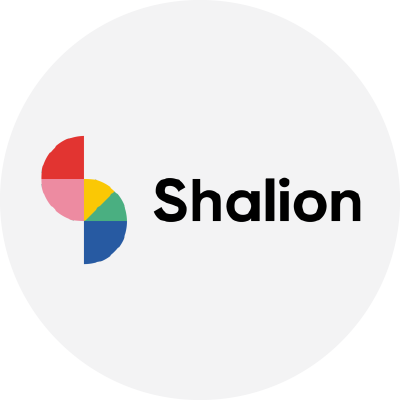
Shalion is a global retail data analytics firm that empowers clients to boost online sales like never before. Shalion makes growth possible for brands and agencies looking to win the lion’s share of eCommerce through actionable insights.
Email: info@shalion.com



